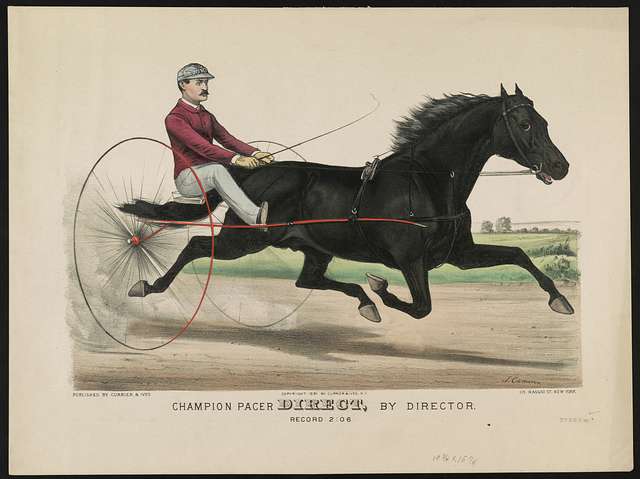How to Expand Your Story Idea
A story idea isn’t a novel yet. Steps to flesh out your idea into a solid novel plan.

A story idea isn’t a novel yet. Steps to flesh out your idea into a solid novel plan.

Supporting characters enlarge your story, provide insight into the protagonist, and engage readers. Learn how to create and keep track of your supporting characters.

Your author voice connects your reader to your story through vocabulary, syntax, tone, and point of view that make your phrases, sentences, and paragraphs flow.

Four elements to help you control narrative pacing in your novel — language, conflict, stakes, alternating scenes.

Control information for your reader. Be intentional about organizing how and when clues, information, and contradictory information appear,

Tips to master your story’s beginning. Character, setting, voice, action, and the first sentence all work together to draw your reader into your story.

Unlike other novels, the mystery’s villain must stay hidden until the final reveal. Here’s how to keep them secret until the end.

Give your current manuscript a head start in the book world by working on your author platform as you write.

Who, what, where, and action are keys to get your reader into the story from the start. Save narrative description and backstory for later. Now is the time to show your reader you tell a good story.

Deepen your novel, use multiple plotlines. How to develop subplots for your story.